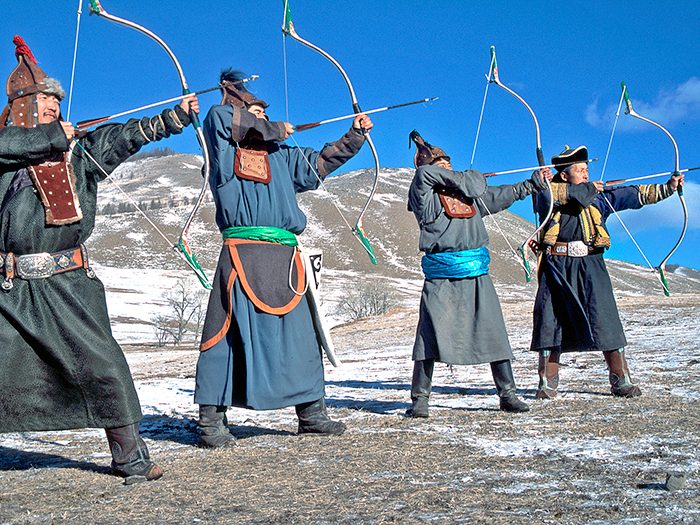
Mongolian Warrior Training
At one extreme are those who find three days of Genghis Khan warrior training in Mongolia to their taste. (Happily, the experience avoids the matter of Mr. Khan’s penchant for mass slaughter to concentrate on more productive activities.) Among wilderness skills, you are taught how to make and shoot a bow and arrow—while standing and on horseback—and how to live in a traditional Mongolian tent. You learn the wrestling techniques of a Mongolian warrior, as well as how to light a number of fires in one go (this helps to confuse your enemy) and how to prepare your weaponry. All this in 72 hours! One early enthusiast, Clare Jones, said, “With every activity we learnt a little more about what it meant to be Mongolian.”
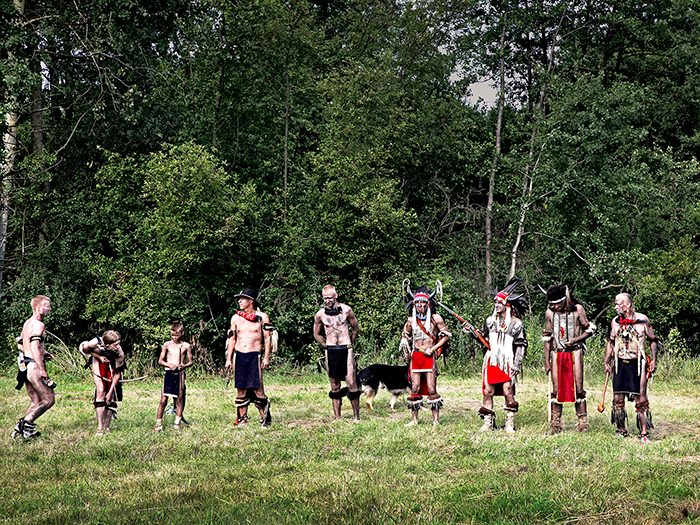
Plains Indian Role Play
Indian Hobbyism—or Native American Indian role play—is based on the German writer Karl May’s 19th-century best-sellers about the Wild West. In the 1960s, films starring his fictional Apache warrior, Winnetou, fanned the flames. It’s particularly popular in Germany, where up to 40,000 followers go on weekend retreats and to powwow events. A rash of sometimes secretive one- and two-week summer camps draws serious devotees attracted by the idea of a back-to-basics lifestyle as they play out their somewhat romantic version of traditional Plains Indian culture—albeit one with better food.
The Canadian photographer Jen Osborne has attended “Indianist” communities in Hungary, Poland and the Czech Republic as well as in Germany. “Some do re-enact for fun, while others identify more with really being Native American,” she says. She views the powwows as “a vehicle to escape into another reality that is more interesting and exotic.”
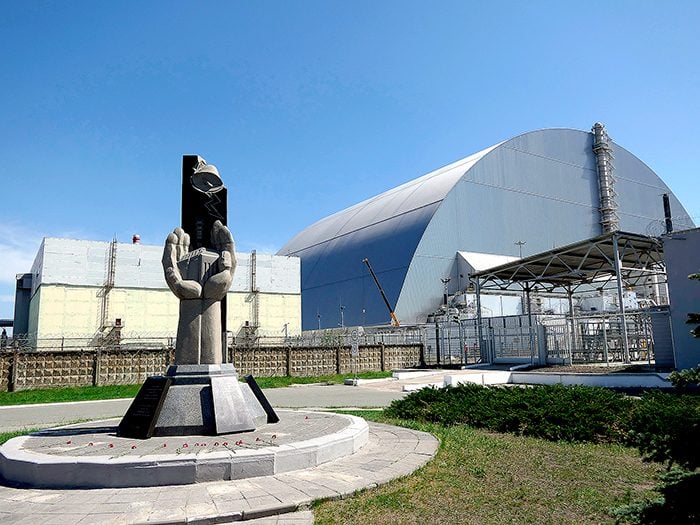
The Chernobyl Tour
If the prospect of visiting Pompeii or the Parthenon feels just a bit too obvious, there’s a thoroughly unconventional modern ruin to consider—Chernobyl nuclear reactor number 4. (No, you won’t need to pack a geiger counter.) The scene of the world’s worst nuclear disaster in April 1986 now lies under the gleaming steel arch of a French designed and built structure: the New Safe Confinement. It cost the equivalent of $2.2 billion CAD, weighs 36,000 tonnes and covers the first concrete shelter that was built in the months after the accident in the effort to contain exposed radioactive materials.
Sergii Mirnyi was one of the scientists responsible in 1986 for radiation reconnaissance and monitoring at the site. Today, he organizes trips, bookable across Europe, that range from one day to a week. He takes visitors to the reactor site, to the city of Chernobyl—and to the 2,600 square kilometre Exclusion Zone, which paradoxically has inadvertently become something of a nature reserve in the absence of human beings.
Sergii firmly believes Chernobyl is no longer dangerous. “When I leave the Zone with a group, I feel something similar to what I felt driving out in the column of radiation reconnaissance personnel carriers back in 1986: that after my shift a few more people have become safer, and the world is slightly different—a cleaner and better place.”
Here are 10 dream vacations—and what they reveal about your personality.

Swim Like a Mermaid
A more glamorous time can be had at the beach. And don’t just pack a swimming costume. Bring a mermaid tail. The craze for wearing a mermaid’s tail began in the United States, inspired by films such as Splash and The Little Mermaid. Now it’s arrived in Europe.
The most fashionable, colourful custom-made tails for mermaids and mermen, with silicone scales and dramatically shaped fins, can cost $1,500 or more. And before venturing into the ocean you’ll need some coaching.
Christian Riel is a 25-year-old trainee teacher from Bavaria, who also works as a model under the name “Merman Chris.” In 2018, he was the face, fins and tail of a promotional campaign run by the Hotels.com website for mermaid schools in Spain, Japan and Mexico.
“Mermaids are a huge thing,” Riel says. “It’s not only little girls that have this ‘mermazing’ dream. I know mermen from France, Italy, Spain, Greece, Germany and Belgium. People see mermaids as something magical and you can do whatever you want to make your mermaid dream come true. The swimming part is so much fun. You’re so much faster with a tail!”
Check out the 50 best beaches in the world!
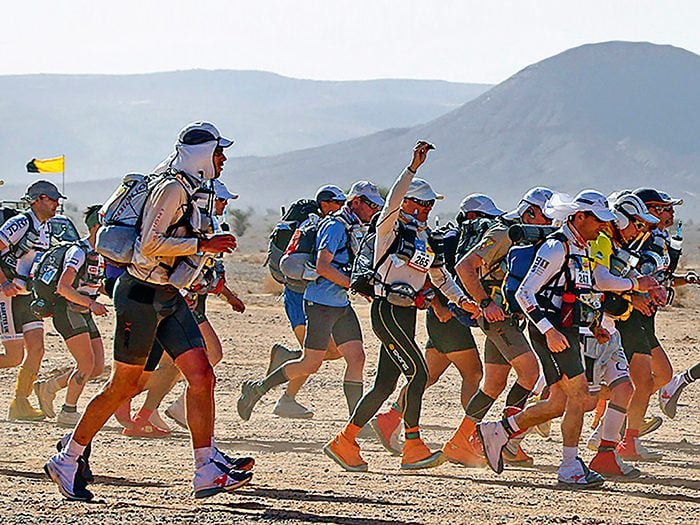
A Race Across the Sahara
The Marathon des Sables may prove a step or several too far for most people. This six-day, 251km ultra-marathon across the Sahara Desert in southern Morocco has been called “The Toughest Footrace on Earth.” Anyone can pay $4,800—the 2019 entry fee to enter—in order to endure tortures such as an 80km-plus run, a near double marathon, in a single day.
Arthur Worsley, an Anglo-French traveller and blogger, has a taste for such extreme adventures. He entered in 2016 as one of four close friends.
“It was an opportunity to spend time in the desert together,” he says. “No distractions, no phones, no emails—how often does that happen?”
At the time he booked, Arthur could barely complete a 3km run. He had 10 months in which to get fit. “I just ran wherever I happened to be,” he says. “I got chased by a lot of dogs. It wasn’t always easy, but it was also an amazing way to get to know the world around me.”
Marathon des Sables competitors have to carry all their food and equipment with them. So Arthur trained by running with a backpack filled with more than 20 full bottles of Coca-Cola. “I learned to stop resisting the pain that comes with ultra-running and really fell in love with the sport.
“Stepping back and appreciating the desert is one of the main things that makes all the pain and suffering bearable. Its sheer size and beauty is deeply humbling. It really puts your problems in perspective. The marathon was relentless, unforgiving, demanding, empowering, life-changing and a lot of fun. I’d do it again in a heartbeat.”
We count down the 10 most extreme travel destinations.
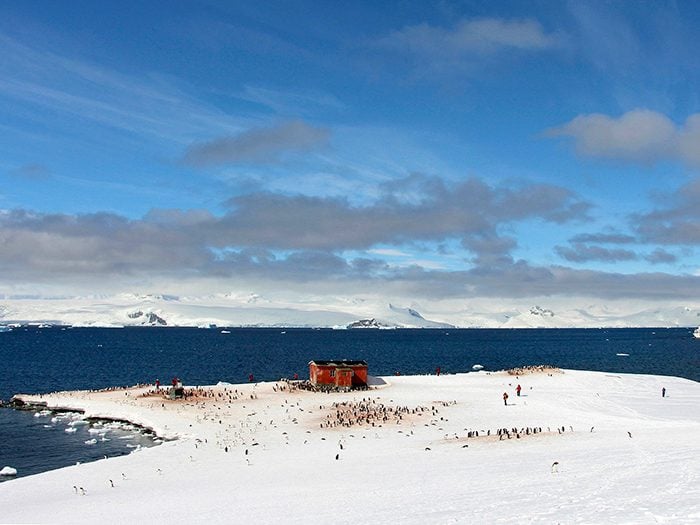
The Antarctic Option
Swapping polar ice for Sahara sand is another way to experience the world around us. Head to Antarctica, the most unexplored corner of the planet.
Until recently, the harsh and inhospitable seventh continent was largely inaccessible, but now, following strict environmental guidelines, tourists can travel on expedition vessels, navigating through icebergs and glaciers to witness rarely seen sights. Which is not without its surprises.
A centenary voyage retracing the steps of the Australasian Antarctic Expedition of 1911-1914 got stuck in the ice for a week and 52 people had to be airlifted by helicopter and transferred to an ice floe near the icebreaker Aurora Australis, which had tried but failed to break through to the trapped ship.
Don’t miss the world’s snowiest travel destinations.

The Sky’s the Limit
It’s a Japanese billionaire, however, who has secured the most outlandish trip, one that is also probably the most dangerous.
Yusaku Maezawa has bought a flight on Tesla and SpaceX tycoon Elon Musk’s Big Falcon Rocket for himself and six to eight guests for a rumoured 69 million euros. He’s due to blast off in 2023 on the world’s first holiday trip around the moon.
Next, check out the 12 best places to visit in 2019.